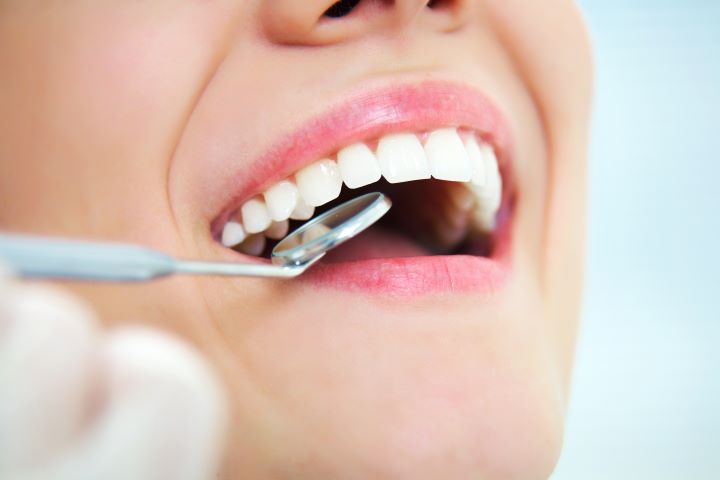Dental Bridges: Options, Materials, and Cost Guide
A dental bridge is a common tooth restoration used to replace one or more missing teeth, restore chewing function, and support your smile. This article explains how bridges work, how they compare to other dental treatments, typical materials, and factors that affect dental cost and care choices, whether you seek treatment in your area or consider dental tourism.

What is a dental bridge and tooth restoration?
A dental bridge is a fixed dental procedure that fills the gap left by missing teeth using a pontic (artificial tooth) anchored to adjacent teeth or implants. As a tooth restoration option, bridges can improve chewing, maintain facial structure, and help prevent remaining teeth from shifting. Bridges are custom-made in a dental clinic after an assessment of oral health and bite alignment.
How do dental crowns and dental implants compare?
Bridges often rely on dental crowns placed on neighboring teeth to support the pontic, while dental implants replace the tooth root and can support single crowns or implant-supported bridges. Crowns can be placed on natural teeth that are shaped to fit, whereas implants require sufficient jawbone and a surgical procedure. The choice between crown-and-bridge versus implant-supported solutions depends on oral health, jawbone condition, and long-term goals.
How a dentist evaluates teeth and the jawbone
A dentist evaluates candidates for bridges by examining teeth, gums, and the jawbone using clinical exams and imaging like X-rays. Adequate jawbone density is crucial when considering implants; bone loss may require grafting. The dentist will also review dental care history, dental insurance implications, and any factors such as bruxism or periodontal disease that could affect the longevity of a bridge or implant.
Materials: zirconia crowns and ceramic crowns
Materials for bridges and crowns include porcelain-fused-to-metal, ceramic crowns, and zirconia crowns. Zirconia crowns are known for strength and a natural appearance, while ceramic crowns can offer excellent aesthetics for front teeth. Material choice influences durability, color matching, and cost, and should be discussed with your dentist and dental lab to balance long-term function with appearance.
Dental procedure steps and aftercare
A typical dental bridge procedure involves tooth preparation, impressions or digital scans, temporary restorations, and placement of the final bridge once fabricated. Recovery focuses on maintaining oral hygiene, avoiding hard foods initially, and routine dental care to preserve supporting teeth. Regular checkups at your dental clinic help monitor fit, occlusion, and gum health to prolong the lifespan of the bridge.
Dental cost, dental tourism, and border clinics
When considering dental cost, options range widely based on treatment type, materials, and provider location. Many patients explore dental tourism or border clinics for more affordable care, often seeking a spanish-speaking dentist or clinics with English services. Below is a general comparison of common service types and sample providers with typical cost estimations.
| Product/Service | Provider | Cost Estimation |
|---|---|---|
| Traditional fixed bridge (per unit) | Aspen Dental (US network) | $1,200–$4,000 |
| Implant-supported bridge (per arch) | Bupa Dental Care (UK/Spain clinics) | £2,000–£8,000 |
| Bridge or crown (single unit) via dental tourism | Dental Departures (booking platform for Mexico/Tijuana border clinics) | $500–$1,500 |
Prices, rates, or cost estimates mentioned in this article are based on the latest available information but may change over time. Independent research is advised before making financial decisions.
Cost guidance notes: In the United States, a traditional three-unit bridge often falls in the mid-thousands when crowns use higher-end materials like zirconia crowns. Implant-supported bridges cost more because of surgery, implants, and restorations. In countries popular for dental tourism, lower overhead and favorable exchange rates typically reduce lab and procedure costs, but travel, follow-up care, and coordination with a dentist in your area require planning. Dental insurance coverage varies—many plans cover part of the cost for bridges or crowns but may limit implant coverage.
This article is for informational purposes only and should not be considered medical advice. Please consult a qualified healthcare professional for personalized guidance and treatment.
A dental bridge can be a practical tooth restoration to restore function and appearance. Choosing between bridge types, materials such as ceramic crowns or zirconia crowns, and care settings—from local dental clinics to reputable border clinics—depends on your oral health, budget, and long-term goals. Discuss options with a dentist and review dental insurance details before making decisions.






